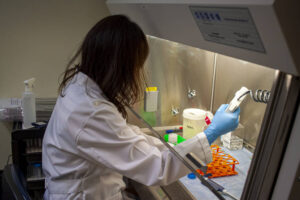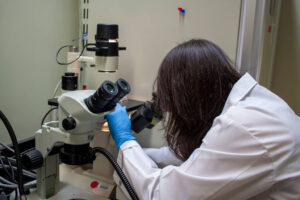Unveiling the Science Behind Alcohol Testing in Urine
Alcohol consumption has been a part of human culture for centuries, and it continues to be a widely consumed substance in various social settings. However, responsible alcohol use is of paramount importance, especially when it comes to activities such as driving or operating heavy machinery. Consequently, the need for accurate and reliable alcohol testing methods has become essential for maintaining public safety. One such method is testing for alcohol in urine, which offers valuable insights into an individual’s alcohol consumption.

In this article, we delve into the science behind alcohol testing in urine, exploring its significance, methodology, and considerations.
The Significance of Alcohol Testing in Urine: Testing for alcohol in urine serves as a valuable tool for assessing an individual’s alcohol consumption patterns over an extended period. While breathalyzer tests are commonly used for immediate alcohol detection, they only provide real-time information. Urine testing, on the other hand, enables the detection of alcohol metabolites that remain in the body for longer periods, allowing for a retrospective analysis of alcohol use. This information is crucial for legal proceedings, workplace drug testing, and substance abuse treatment programs.
Methodology: Alcohol testing in the urine primarily involves analyzing the presence and concentration of ethyl glucuronide (EtG) and ethyl sulfate (EtS) metabolites. These metabolites are formed when alcohol is broken down in the body. Unlike alcohol itself, which is quickly eliminated, EtG and EtS remain in the body for an extended period, typically up to 80 hours after alcohol consumption.
There are different techniques used for alcohol testing in urine, including enzyme immunoassay (EIA) and gas chromatography-mass spectrometry (GC-MS). EIA is a rapid and cost-effective screening method that detects the presence of EtG and EtS. If the EIA test shows positive results, further confirmation is typically conducted using GC-MS, which provides highly accurate and reliable quantitative results. GC-MS separates and identifies individual components in a sample, ensuring precise measurement of EtG and EtS concentrations.
Considerations and Limitations: While alcohol testing in urine is an effective method for assessing alcohol consumption, it does have certain considerations and limitations. The detection window for alcohol in urine depends on various factors, including the amount of alcohol consumed, the individual’s metabolism, and the time elapsed since consumption. Additionally, alcohol testing in urine cannot determine the exact timing or quantity of alcohol consumed; it can only indicate its presence within a specific time frame.
False positives can also be a concern in alcohol testing. While EtG and EtS are specific metabolites for alcohol, some substances like mouthwash, hand sanitizers, and certain medications may contain alcohol, leading to false-positive results. It is crucial for laboratories and professionals conducting these tests to consider such factors and interpret results accordingly, considering the individual’s circumstances and potential exposure to these substances.

Moreover, alcohol testing in urine does not provide real-time information, making it less suitable for the immediate detection of alcohol impairment. For immediate assessment of alcohol levels, breathalyzer tests remain the preferred method due to their quick results and correlation with blood alcohol concentration.
Alcohol testing in urine plays a vital role in evaluating an individual’s alcohol consumption patterns over an extended period. By detecting the presence and concentration of ethyl glucuronide (EtG) and ethyl sulfate (EtS) metabolites, this method provides valuable information for legal proceedings, workplace testing, and substance abuse treatment programs. However, it is important to consider the limitations and potential factors that could influence the test results. Further research and advancements in testing methodologies will continue to improve the accuracy and reliability of alcohol testing in urine, ultimately contributing to the enhancement of public safety and responsible alcohol use.
Learn more at Wiki as well.
